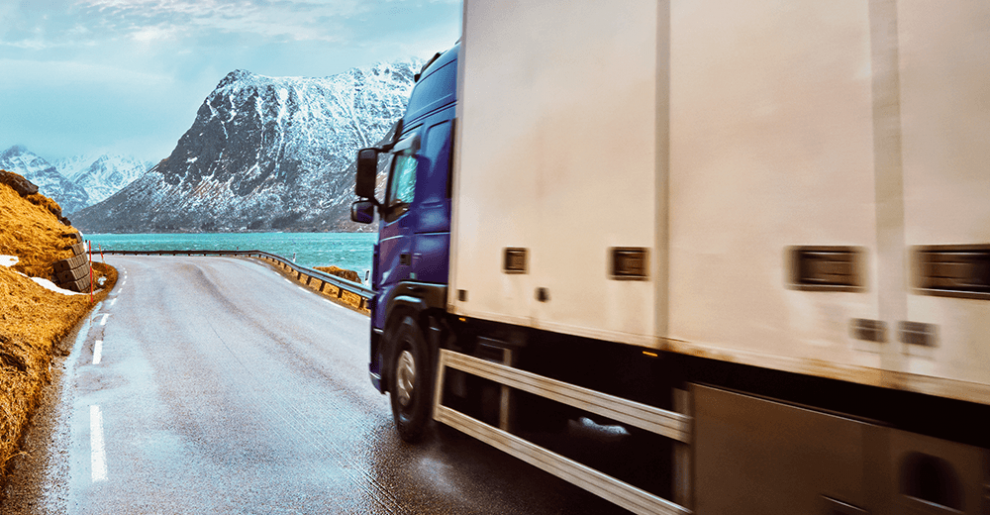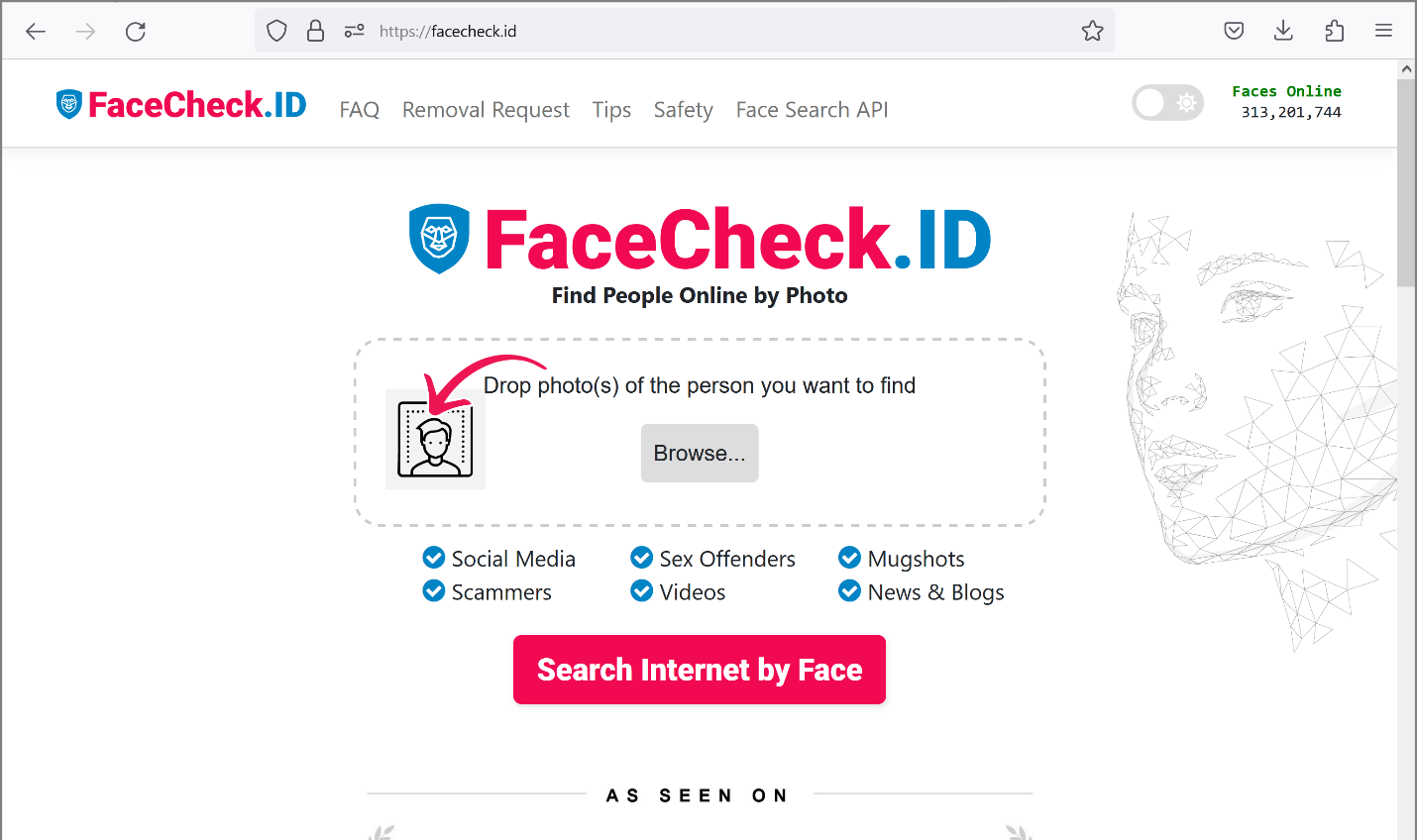While some sectors and industries have slowed down and contracted in recent years, it’s full speed ahead in trucking. The U.S. Bureau of Labor Statistics predicts a five percent growth in trucking industry employment across the next several years, and one of the biggest factors behind this ongoing expansion is advanced and innovative technologies.
While there are many emerging and exciting technologies in trucking, five in particular are not just changing the game, but they are essentially re-inventing the rules: dynamic routing, collision mitigation systems, trailer tracking, automated fright matching, and driver scorecards. Each of these advancements and innovations is discussed below.
Dynamic Routing
Two of the most important — and also the most challenging— objectives in the trucking industry are to reduce delivery time and cut fuel costs. Dynamic routing helps check both of these pivotal boxes by automatically adjusting routes based on real-time variables, such as traffic, construction and weather conditions.
“With dynamic routing, dispatchers also have the option to add additional stops to a specific driver’s route, which enhances route density and at the same time decreases the distance between subsequent delivery destinations and pick up points,” commented Michael Bilokonsky, the CEO and President of Whitehorse Freight, which is headquartered in Bellevue, KY, and provides clients with a full range of logistics solutions from small LTL shipments to over dimensional loads with escort. “Companies that use dynamic routing for their logistics operations can also use the technology to track seasonal demand surges, and optimize the deployment of their sales force accordingly.”
Collision Mitigation Systems
According to statistics published by the Insurance Institute for Highway Safety, in 2018, 136 people died in large truck collisions — which was a 31 percent jump from 2009. Approximately 16 percent of fatalities were truck occupants, 67 percent were occupants and passengers of other vehicles, and 15 percent were motorcyclists, bicyclists, and pedestrians. While it is impossible to completely eliminate truck-related fatalities and injuries, advanced technologies like collision mitigation systems are significantly reducing the risk — and ultimately keeping more people safe and sound.
“Advanced collision mitigation systems use video and radar to scan the road ahead and blind spots to detect obstacles that could trigger a collision,” commented Michael Bilokonsky, whose company supports an expanding network of local, regional and national carriers. “More modern systems are also much better than early versions when it comes to minimizing the number of false positives.”
Trailer Tracking
GPS-enabled trailer tracking provides dispatchers with an instant overview of the trucks across an entire fleet, which improves asset allocation and at the same time reduces unauthorized use and theft. This latter advantage is significant, considering that according to the National Insurance Crime Bureau (NICB) cargo theft in the U.S. is a $15 to $35 billion dollar a year problem.
Trailer tracking also enables companies to provide customers with the metrics and key performance indicators that matter most, such as utilization, terminal dwell time and productivity. This actionable intelligence is crucial when it comes to meeting customer expectations, and constantly finding ways to improve operations and efficiencies fleet-wide.
Automated Freight Matching
Automated freight matching (also referred to as digital freight matching) enables dispatchers to rapidly — and in some cases instantly — locate drivers who have the capacity to transport truckload, partial truckload, or less-than-truckload freight on specific routes and dates, and using the right kind of trucks.
Automated freight matching is highly beneficial to truck drivers who are focused on making very efficient trips and no unwelcome surprises or delays along the way. Research by PwC has found that automated fright matching has the potential to reduce wait times by 40 percent by the year 2030.
Driver Scorecards
Driver skill and behavior has an enormous influence on critically important variables such as fuel efficiency, maintenance costs, and overall asset longevity. Driver scorecards are an effective way to recognize drivers who are doing the right things the right way, and at the same time identify drivers who need to be warned and coached (and if that doesn’t work, terminated) for repeated transgressions such as hard braking and acceleration.
“Advanced driver scorecards are integrating artificial intelligence to automatically detect and analyze driving behavior using camera recognition technology, such as when a driver fails to come to a complete stop at a stop sign, drives too near to a pedestrian, or is driving 10 miles per hour faster than the flow of traffic,” commented Michael Bilokonsky. “All of this data can be used to identify and roll out best practices, and enforce standards.”
The Bottom Line
While trucking is essentially about getting goods from point A to point B, the means and methods of achieving this core objective have changed dramatically in recent years due to advanced technologies like those discussed above.
“Many people outside of trucking and logistics are astonished when they discover just how high-tech the industry has become,” commented Michael Bilokonsky “This advanced technology is vital to keeping costs down, increasing efficiency and productivity at all levels, ensuring road safety, and fostering innovation and new opportunities.”








Add Comment